LPG safety
From gas leaks to what to do in a cyclone, fire or flood,there are some simple rules to follow when preparing for or responding to an emergency.
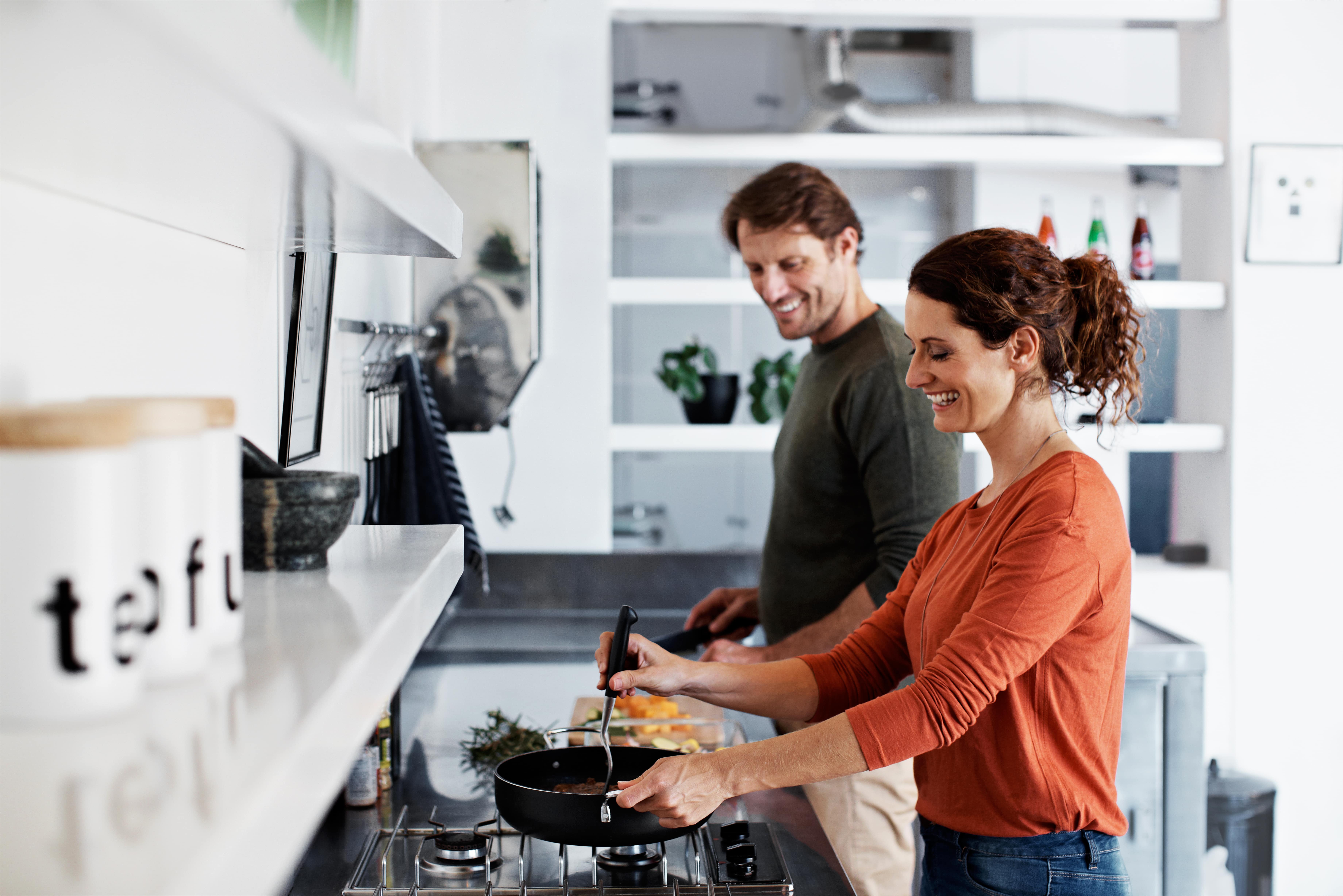

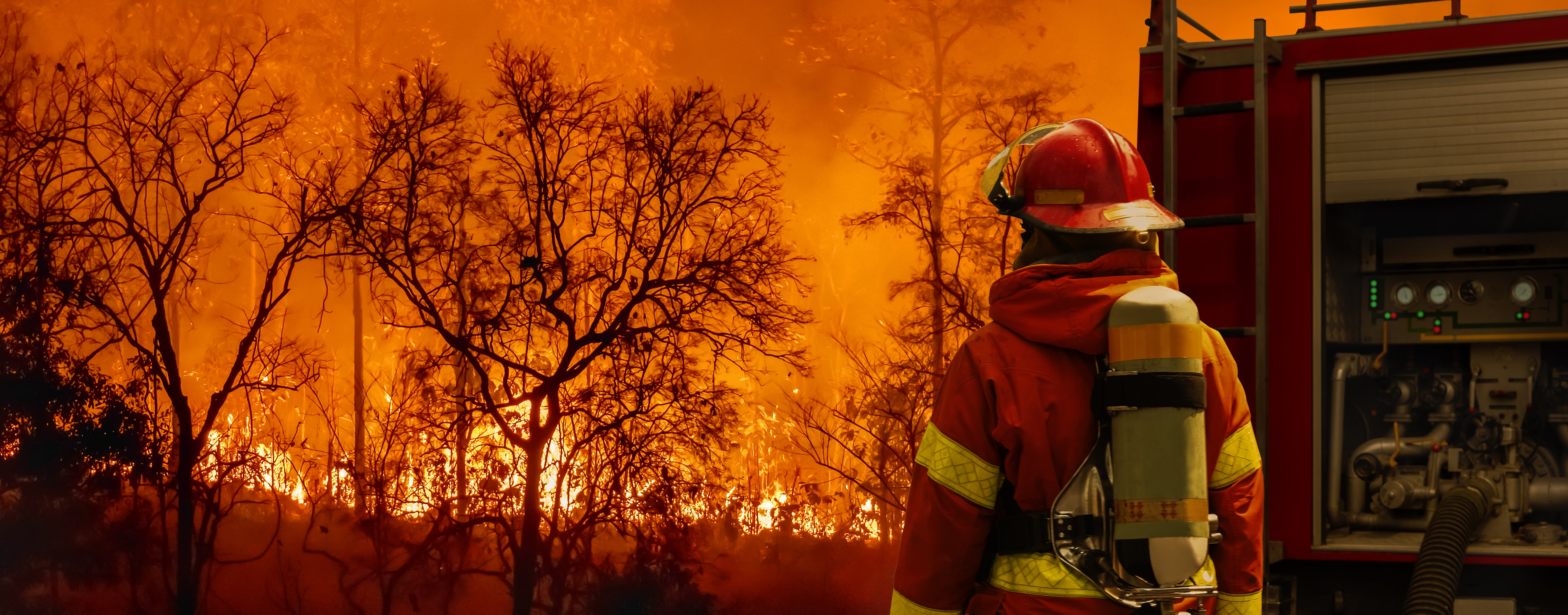
Always follow the advice and directions of emergency services – SES, Fire and/or Police
If a fire approaches or you are told to evacuate:
Leave LPG cylinders or tanks in the location they were installed
If you have a Bulk LPG tank and it includes a pumping station – activate the Emergency Shutoff Valve, or press the Shut Emergency Stop button
Do not move LPG cylinders (including BBQ bottles) from their installed position to inside buildings, sheds, basements, garages, vehicles or on a veranda/patio
Never leave any combustible material around the tank or cylinders
Never lay your LPG cylinders on their side
Never cover your LPG cylinders or tank with wet/cooled materials
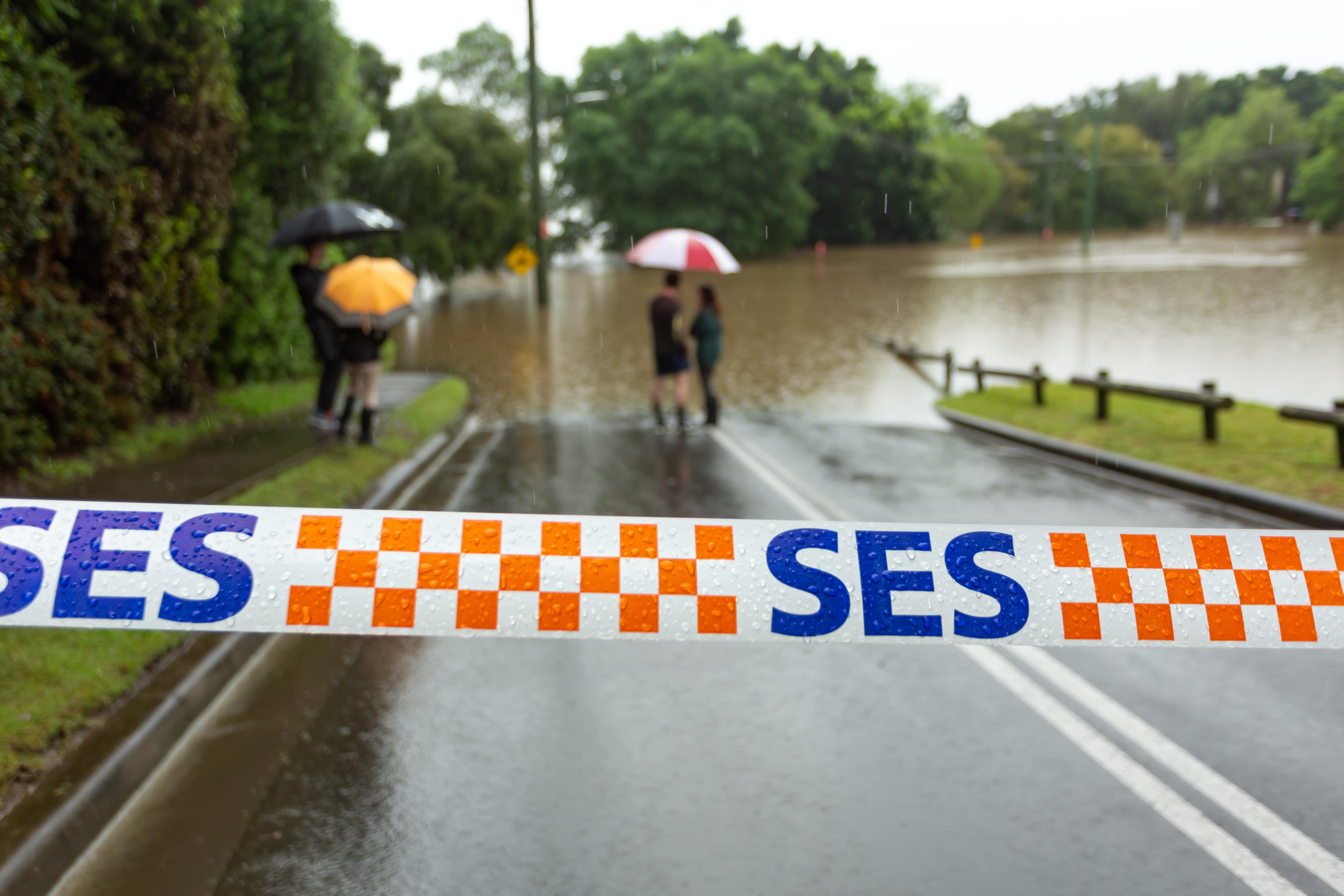
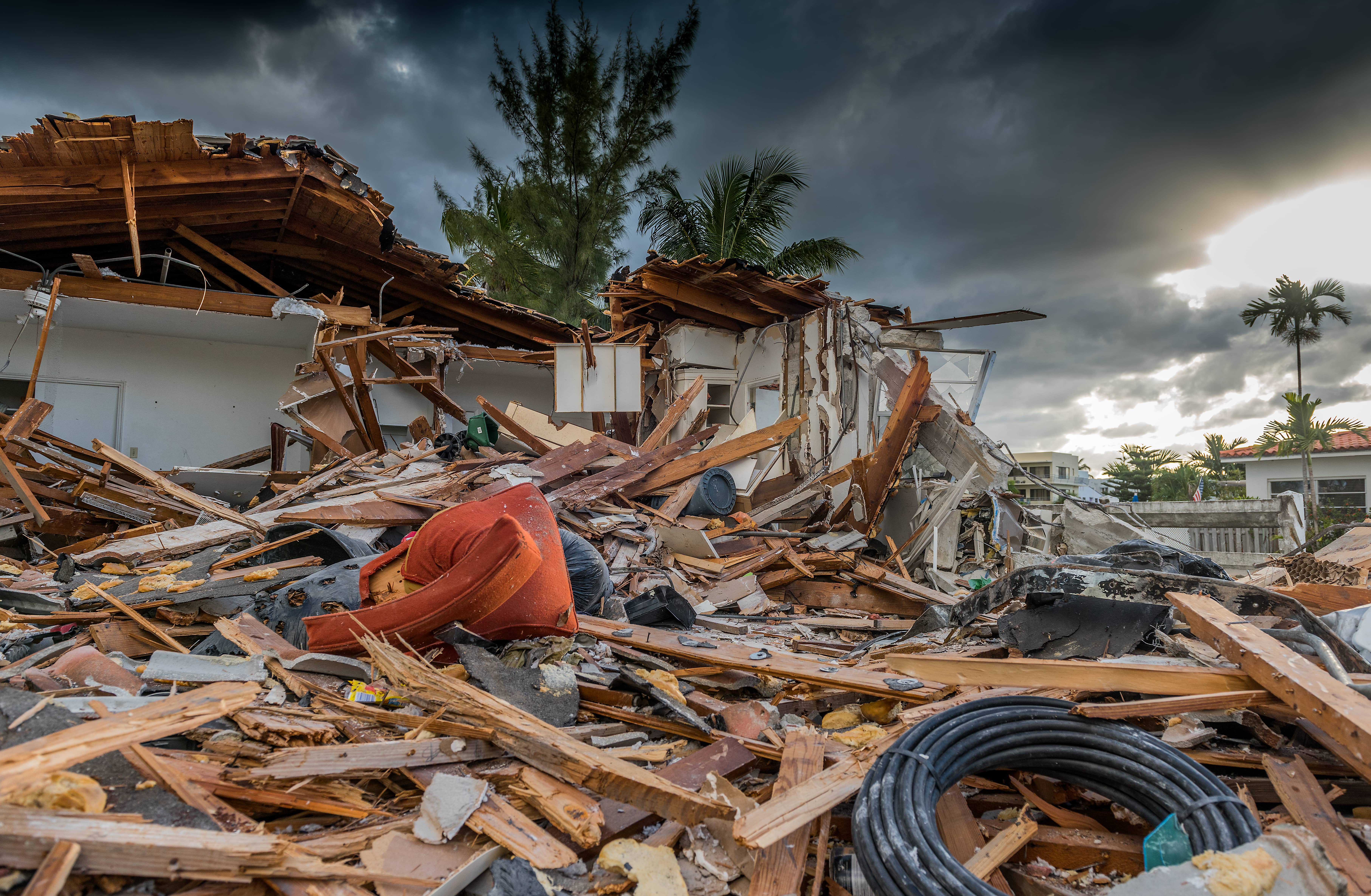
Turn your LPG cylinder or tank valve off (turn clockwise)
Leave cylinders in the location they were installed. Do not move any LPG cylinder inside buildings, sheds, basements or vehicle.
LPG cylinders will easily move in a cyclone, and will be very buoyant in flood water. It is essential that all LPG cylinders be restrained by tying them to a fixed structure (building, footing, joist, post, substantial tree, etc) using cables or strong ropes.
Be observant of any smell of LPG (an unpleasant rotten cabbage smell) and if observed, remove any sources of ignition (sparks, flames, electrical devices)
Do not attempt to use any LPG tank, cylinder or appliance. NEVER use an outdoor LPG appliance (barbecue, patio or hearth heater, mozzie zapper) indoors, at any time
Check all LPG tanks and cylinders for damage and make sure they are still secured. Report any losses or smell to your LPG provider. Don’t use damaged cylinders. Stand upright fallen cylinders you can safely reach
If you suspect a leak - keep the area around your LPG cylinders or tank clear of people, pets and ignition sources (flames, sparks, smokers, electrical appliances). Contact your LPG provider and report any leak immediately.
If your LPG cylinders are damaged or you suspect a leak – do not adjust the tank valve. Contact your LPG provider and report the damage or leak
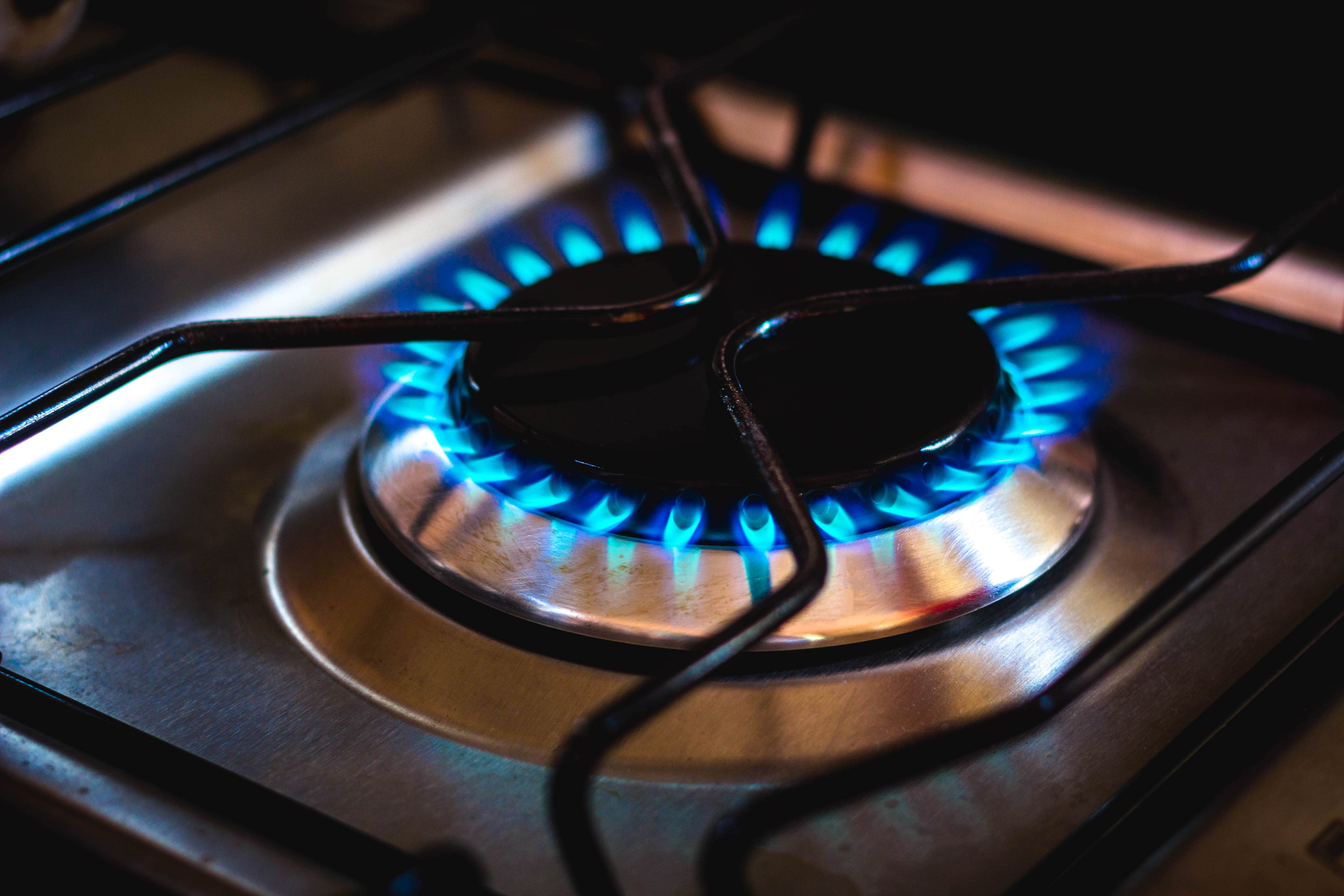
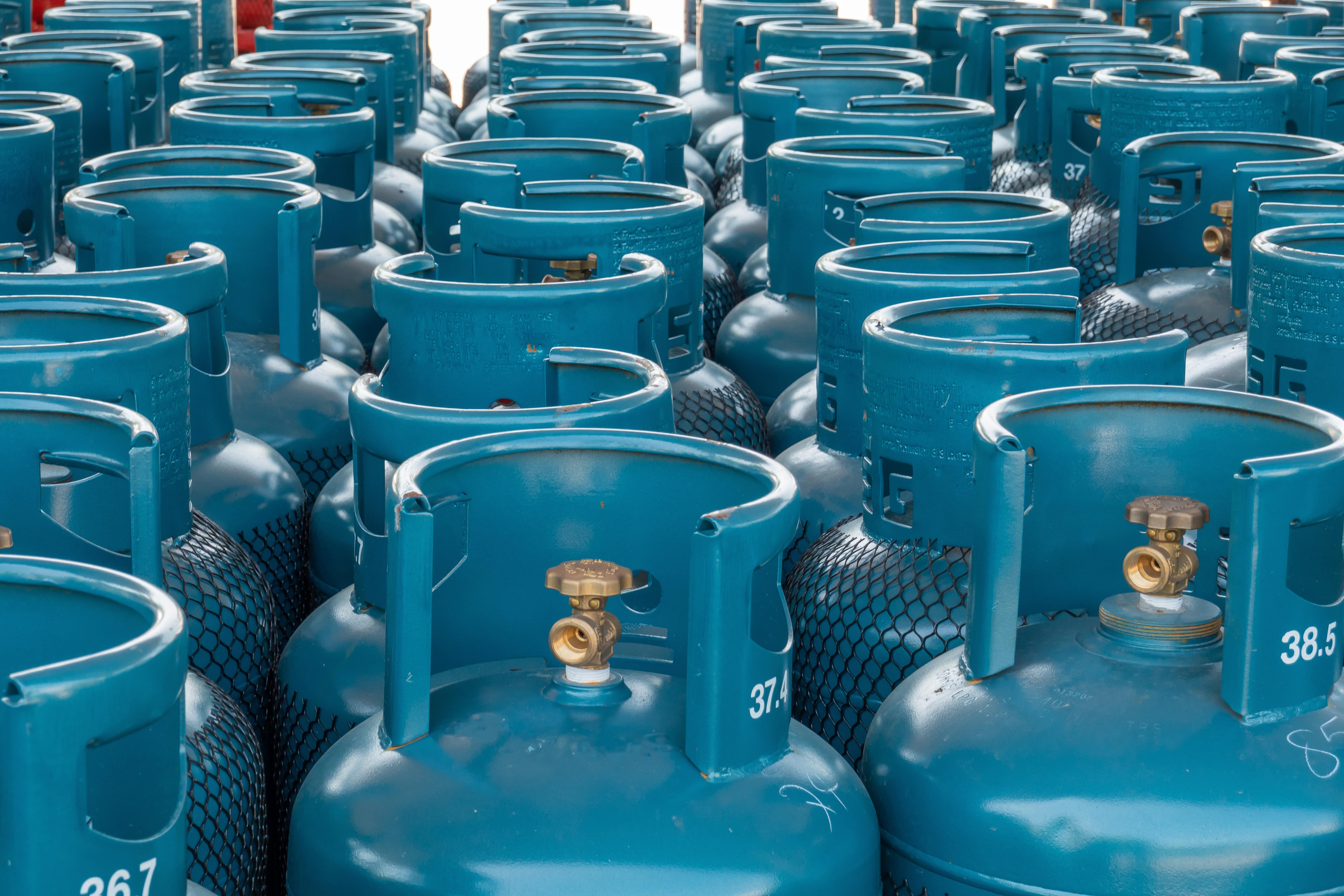
A LPG cylinder must be purged with inert gas to be considered empty – if in doubt, always check with your LPG provider
No matter where your LPG cylinder is located or stored – the area must be free of any source of ignition
Always store your LPG cylinders in an upright position
Only store the amount of LPG needed for your home or business use – never order or store more than what is required
LPG cylinders must be secured with safety chains or approved methods to prevent them from falling. Only approved storage cages or racks can be used to store LPG cylinders
LPG is heavier than air and will collect in low areas instead of dissipating. Always ensure adequate ventilation and air movement in any LPG cylinder storage area
If your LPG cylinder storage exceeds 500 litres of water capacity – you must use placarding to comply with LPG storage regulations
Never open the valve of any unconnected LPG cylinder, even if you think it may be empty. Always treat your LPG cylinders as if they are full. There is almost always some remnant gas in every LPG cylinder.
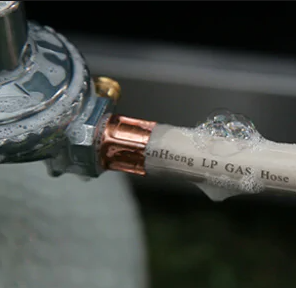
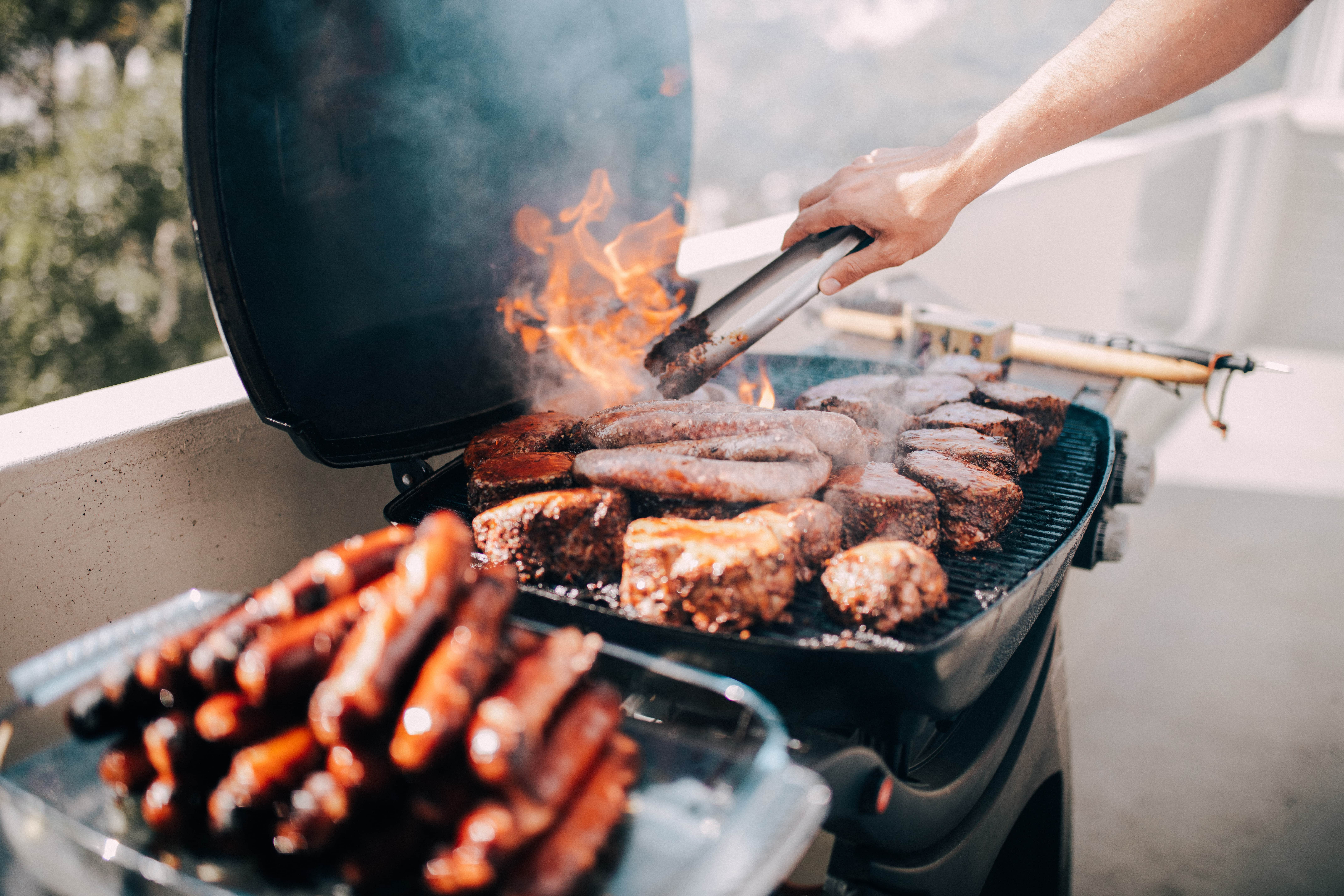
Always store BBQ gas bottles outdoors in a well ventilated space – never store them indoors or under cover
BBQ gas fittings and BBQ gas hose fittings should be inspected for damage or deterioration every time you change your BBQ gas bottle. Check for leaks by using the soapy water test
Always store your BBQ gas bottle upright – never lay it on its side, even if you think it is empty
When you’re finished BBQing - always turn gas off at the BBQ gas bottle. Do not use undue force to open or close the BBQ gas bottle valve
Transport no more than two 9kg BBQ gas bottles at any one time. Make sure the valves are closed and upright in the boot of your car or tray top of your ute. Secure the BBQ gas bottles so they do not fall on their side. Never transport your BBQ gas bottles inside any type of vehicle
Never store your BBQ gas bottle near an ignition source. Keep them cool and away from flames, sparks and/or heat